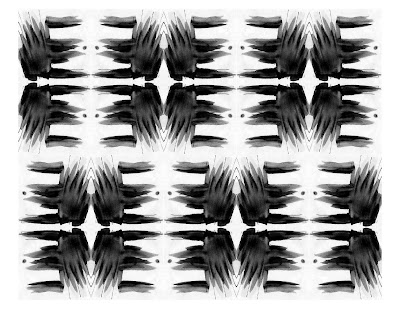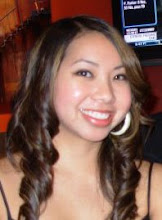






PRELIMINARY PLAN




















To develop this textile I first abstracted my photo inspiration, the King Street Train Station, and sketched a series of modules. From those modules I picked out two that really expressed my concept of connections, interactions and movement, and then created a series of patterns. By mirroring and rotating the modules, the negative space and the lines and shapes of the module produce a web like design that guides the eyes throughout the whole textile design.
The colors are inspired by a piece of the client’s art, Inversion Without End #7. The piece has an analogous color scheme of greens, blues, and yellows. The surrounding space becomes deeper and darker in color. Tints of blue-green and yellow were applied to the textile design. The adjustments and the coloring of the parti avoid straight lines and solid colors to create a more organic textile pattern. Like the glowing center of the painting, the lines in the textile seem to glow.

















